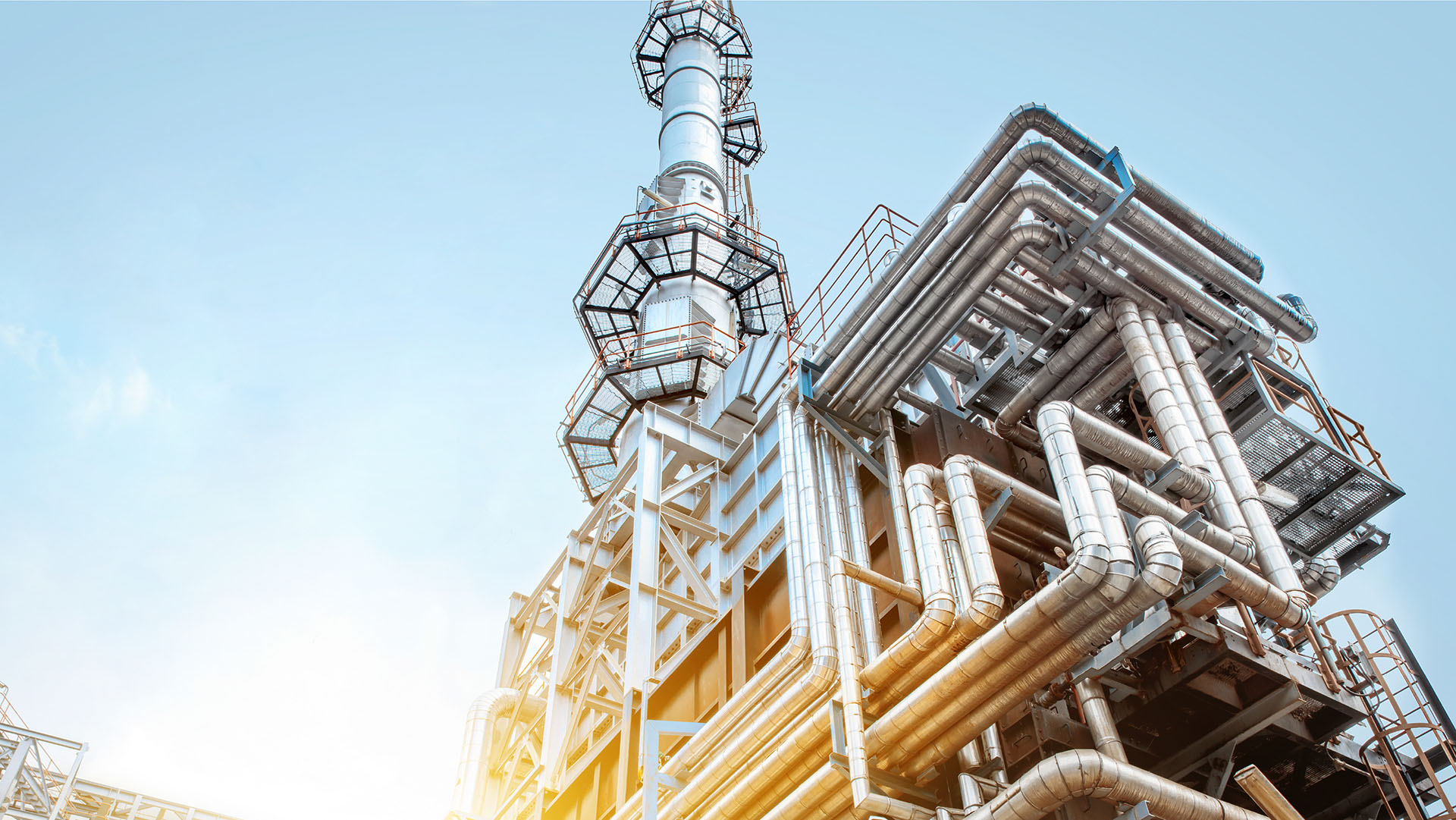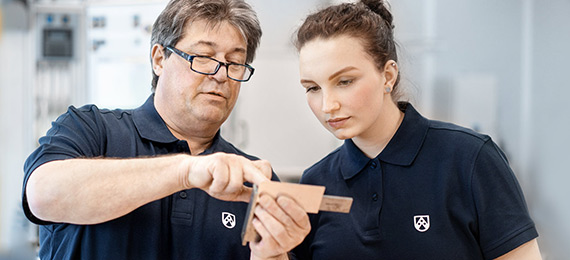Fire protection is essential in railway technology. However, blanket demands for materials that meet the highest hazard level in EN 45545 are not very productive. This limits the choice of materials unnecessarily and may not make economic sense. For this reason, the material must be selected individually for each requirement. But which plastics are suitable for which applications?
In times of increasing mobility, the demands placed on materials used in transport are also increasing. Higher speeds, energy efficiency, noise reduction and above all safety are just some of the central pursuits of traffic engineering. And fire protection has a major role to play.
Fire protection EN 45545
A fire, wherever it happens, is always a terrifying scenario that can quickly lead to catastrophe. Public transportation such as rail vehicles add another critical aspect: situations such as tunnels or bridge crossings complicate the safe evacuation of passengers. In such cases, the spread of fire must be contained or delayed as long as possible until the occupants can safely exit the train. The more critical the evacuation situation, the greater the demands placed on the fire safety characteristics of the materials employed.
This is a central point of European fire protection standard EN 45545, which for more than a year has been the sole legal framework in Europe governing the requirements for fire protection in rain vehicles taking into account the various hazard classes (Hazard Level, HL1....HL3).












